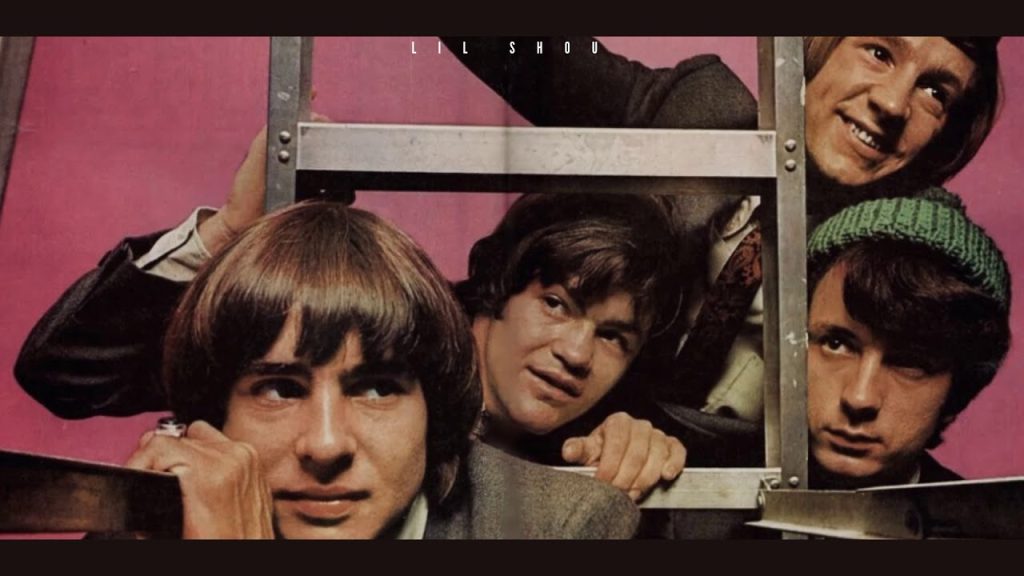
A Nostalgic Journey Through Lost Love and Longing
When The Monkees released “Tear Drop City” in 1969, it was a bittersweet moment for fans who had followed the band since their meteoric rise in the mid-1960s. The song, a poignant reflection on lost love and the passage of time, struck a chord with listeners who were no strangers to heartache and nostalgia. Upon its release, “Tear Drop City” reached number 56 on the Billboard Hot 100, a respectable position that underscored the enduring popularity of The Monkees, even as musical tastes were shifting towards more experimental sounds.
The story behind “Tear Drop City” is as compelling as the song itself. Written by the legendary songwriting duo Tommy Boyce and Bobby Hart, who were instrumental in crafting many of The Monkees’ earlier hits, the song was actually recorded in 1966 during the height of Monkeemania. However, it was shelved and only released three years later on the album Instant Replay, following Peter Tork’s departure from the band. This delay imbues “Tear Drop City” with an added layer of poignancy; it serves as both a reminder of the band’s earlier, carefree days and a testament to the changes they had undergone.
Lyrically, “Tear Drop City” is a tapestry woven with themes of longing and regret. The protagonist finds himself in a metaphorical city built on tears—a place where every street and corner is haunted by memories of a lost love. The imagery is vivid and evocative, painting a picture of emotional desolation that resonates deeply with anyone who has ever experienced the end of a cherished relationship. The song’s refrain captures this sentiment perfectly, with its plaintive melody and heartfelt lyrics that speak to the universal human experience of love lost and remembered.
Musically, “Tear Drop City” bears all the hallmarks of The Monkees’ signature sound: catchy hooks, tight harmonies, and a polished production that belies its emotional depth. Yet there is also a subtle shift in tone that reflects the changing times. The instrumentation is more layered, hinting at the burgeoning complexity that would come to define much of late 1960s rock music. This blend of familiar pop sensibilities with nascent experimentation gives “Tear Drop City” an enduring appeal that continues to captivate listeners.
For many older fans, “Tear Drop City” serves as a powerful reminder of their own youth—a time when life seemed full of endless possibilities, yet was often marked by its own share of heartbreaks. Listening to this song can evoke memories of first loves and youthful dreams, transporting them back to a simpler era where music played an integral role in shaping one’s identity and experiences. In this way, “Tear Drop City” transcends its status as just another pop song; it becomes a vessel for nostalgia, capable of bridging past and present in profound ways.
The Monkees themselves were at a crossroads when “Tear Drop City” was released. The late 1960s were a period of transition for the band as they sought to assert more creative control over their music amidst changing public perceptions. Although they would never quite recapture the dizzying heights of their initial success, songs like “Tear Drop City” demonstrate their continued ability to craft music that speaks to universal emotions and stands the test of time.
In conclusion, “Tear Drop City” is more than just an entry in The Monkees’ discography; it is a poignant reminder of love’s bittersweet nature and the inexorable march of time. Its haunting melody and evocative lyrics offer solace to those who have loved and lost, while also serving as a testament to The Monkees’ enduring legacy in popular music. For listeners both young and old, this song remains a cherished touchstone—a reminder that even amidst life’s inevitable changes, music has the power to connect us all through shared experiences and emotions.